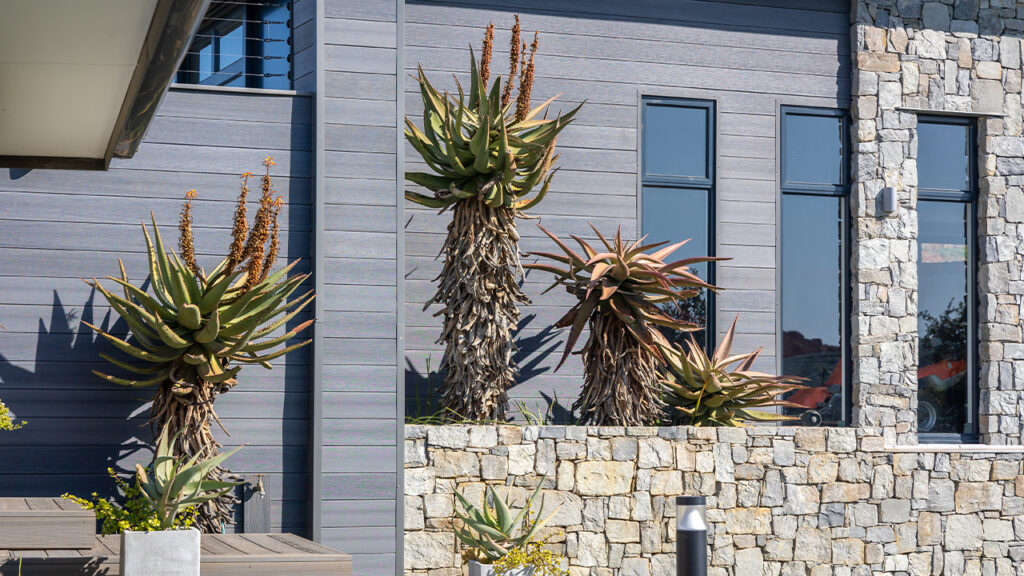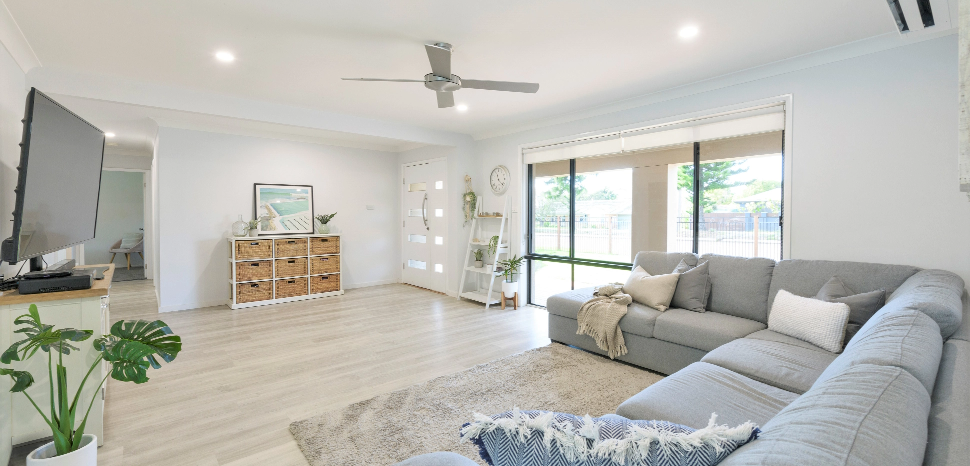Repurposing Properties For Urban Renewal With Cladding And Screening
Repurposing or adaptive reuse of properties is a growing trend driving urban renewal and sustainable development, giving old buildings a new lease on life. Derelict factories, vacant offices or decommissioned facilities that have outlived their original purpose are being renovated and refurbished with creative composite materials into vibrant new homes, hotels, hospitals or public amenities with hives of high-street activity.
Experts predict that 90% of real estate development in the next decade will focus on renovating and reusing existing structures1 . Revitalising neighbourhoods with attractive, mixed-use spaces with renewed opportunities for growth and prosperity, these imaginative ‘retrofits’ offer smart, sustainable socio-economic solutions that simultaneously address the conflicting demands of urbanisation whilst significantly reducing the construction industry’s notorious carbon footprint.
Why Less is More
A new energy-efficient building takes between ten to eighty years to overcome the environmental impact of its own construction. It’s currently more sustainable – and economically viable – to prolong the lifespan of an existing structure than to build a new one. Aside from the obvious cost- and time-saving benefits of reduced raw material inputs, land and labour costs, and earlier occupation, adaptive reuse also directly addresses the carbon burden of the existing built environment, moving us closer to our carbon net-zero goals.
New Materials for New Functionality & Improved Building Performance
Advanced new building materials such as Eva-Last bamboo composite used for cladding and architectural beams are being incorporated into existing old structures to give them new functionality, as well as improve their energy-efficiency and safety.
“Inspired by Nature, Designed for Life”, Eva-Last’s extensive range of composite building materials – made from recycled plastic coupled with fast-growing, flexible bamboo fibres – will add an exquisite touch to every repurposed property.
Eva-Last’s lightweight, low-maintenance Lifespan architectural beams and VistaClad cladding products are being used to create features within existing structures. Archways, soffits and curved ceilings, privacy screens and decorative room dividers can breathe new life into old exteriors and interiors, either by providing them with a new identity or by emphasizing their original features.
The hollow aluminium Lifespan profiles can be installed as screens, static shutter effect for shading or sunshields on windows or roofs offering easy, secure installation coupled with structural integrity and strength. The protective outer coating in natural wooden colours and embossed textures adds an authentic, natural touch.
Similarly, durable and decorative cladding such as the VistaClad range from Eva-Last can also be installed over an existing façade or wall, giving any dilapidated, dirty exterior a fresh, new skin in an instant.
More than just a new skin for a glamorous new look, cladding provides increased insulation for improved thermal efficiency, reducing the heating, ventilation and air-conditioning (HVAC) requirements of a building. VistaClad’s low-maintenance characteristics allow for easy cleaning and upkeep while its durable longevity is proven in its resistance to cracking or deterioration due to weather conditions, mould, moisture and insects.
High-tech Replaces Hazardous
Hazardous or toxic materials such as asbestos and lead are being replaced with new, high- performance alternatives that meet stringent new building codes. The Grenfell fire disaster in the United Kingdom highlighted the danger of combustible materials, leading to stricter building regulations and widespread audits on non-compliant, hazardous materials, the properties of their composition and tighter controls on installation protocols.
Modern composites from Eva-Last are engineered to perform with UV-stabilisers and are designed to withstand extreme weather exposure.
In addition, the extruded composite, made from recycled plastic combined with flexible, fast-growing bamboo fibres, provides a malleable, flexible compound that can be shaped, curved or contorted into various creative executions to amazing effect.
For more information, contact Eva-Last, best known globally, for innovative composite building materials.

REFERENCES:
1. autodesk.com
1. autodesk.com




































